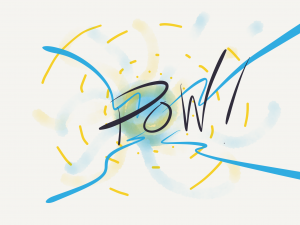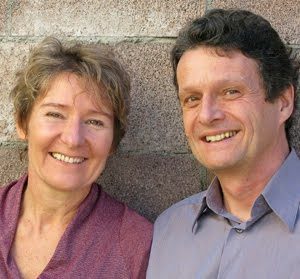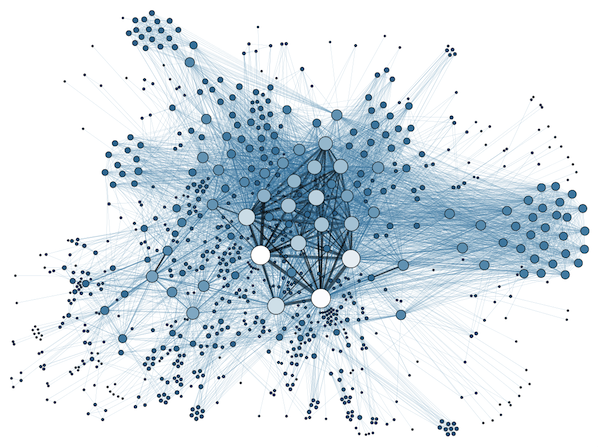Moving Online in Pandemic is now #MOIP! This is 10th in a series of posts about the tidal wave of moving online in the time of Covid-19. #1, #2, #3, #4 , #5 , #6, #7, #8 and #9.
I’ve mentioned my work with the Floodplains by Design network over the past few years. We have been doing a lot of experimenting and practicing with online meetings and events over the last 11 months. We captured a few of our practices and now I’ve drafted an article on Virtual Field Trips. And yes, I’m looking for your review to help improve it. Right now it lives on a Google doc where you can comment. You are also welcome to comment generally here. Care to help? I’ll post the intro below. And THANKS!
1. Introduction
At the Floodplains by Design (FbD) Culture and Capacity Action Group (C&C) November 2020 meeting, we recently reviewed and reflected upon our experiences and value of field trips to FbD project sites. (See figure 1.) COVID-19 has curtailed our face to face field trips, demanding a new, virtual way of meeting these needs.
With the C&C’s focus on building and supporting a learning network, we are interested in the overall set of learning and network weaving practices that can help spread and deepen IFM. This document offers insights and useful practices for designing and implementing virtual field trips (VTS) to support Integrated Floodplain Management (IFM). It also helps us share in general the value of, and practices around field trips which are useful in our work together whether we are F2F or together online. It builds on our first document on Virtual Peer Assists.
We hope that through these occasional articles/resource documents we can make our learning more widely available across the FbD network and beyond.
The first section of this document reflects more generally on the purpose and value created through field trips. The second section addresses specific practices for planning and executing virtual field trips. A resources section follows for additional information.
| Figure 1: Harvest from the November 2020 brainstorm on VTS |
We created this first draft of useful virtual field trip practices using four guiding questions.
- What general immediate and longer term value is created through field trips in our integrated floodplain management (IFM) work? This establishes a shared baseline understanding of field trips in IFM.
- What specific purpose(s) and value creation do field virtual trips serve in our work right now? With whom? Clear purpose drives how we design our VFTs.
- What useful field trip practices have we learned for VTFs?
- How might we know when we are making progress on this purpose? Like any practice, we assume that as we learn, we can improve our practice.
I’m happy to post more here if that is useful… and know the doc got pretty LONG!



